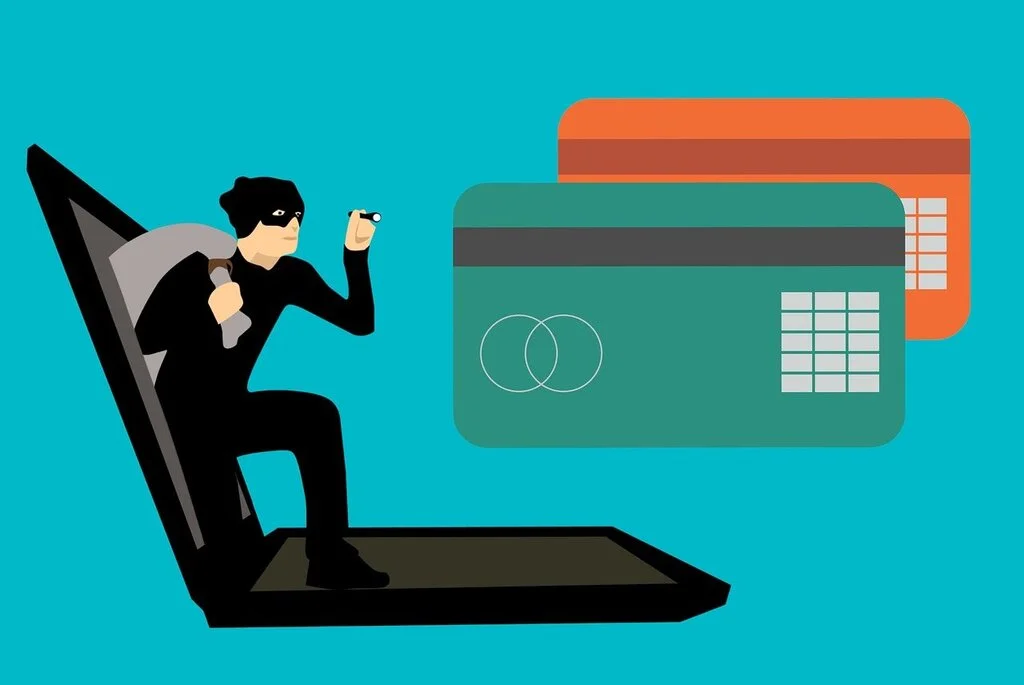How to Detect Phishing Attempts
Phishing attempts have become increasingly sophisticated, posing a significant threat to individuals and organizations alike. As cybercriminals continuously refine their tactics, it’s crucial for users to stay vigilant and informed about how to recognize phishing attempts. In this guide, we’ll delve into the key indicators that can help you unmask these deceptive ploys.
The Nature of Phishing Attacks
Phishing is a cybercrime where target victims are approached via email, telephone, or text by individuals posing as legitimate institutions to scam them into sharing sensitive data such as personally identifiable information, banking account details, and passwords. Information gathered is then used to gain entry to important accounts, leading to identity theft and financial loss.

Luckily, this can be avoided by using a VPN, which encrypts your internet connection and enhances online security by masking your IP address. This additional layer of protection makes it more difficult for cybercriminals to track your online activities and helps safeguard your sensitive information from phishing attempts.
Phishing attacks typically employ social engineering techniques to appear more credible, using human psychology to convince victims to provide personal data. Additionally, these attacks may employ highly sophisticated schemes using fake websites or emails resembling those of legitimate organizations to fool victims into disclosing sensitive data.
Identifying Phishing Emails
Email-borne phishing attacks are among the most frequently seen. These emails often appear from reputable companies, yet they contain subtle clues that something is wrong. Look for generic greetings, poor spelling and grammar, and links that do not match the supposed sender’s website. Such emails that usually request sensitive information or convey a sense of urgency to act should be viewed with suspicion.
It’s also wise to check the email’s header information for discrepancies in the sender’s address, which can often reveal a phishing attempt. Be wary of emails with attachments or downloads that can contain malware designed to compromise your system or gain entry to sensitive data, as these could contain threats that aim to compromise or steal sensitive information from you.
Website and URL Anomalies
Another sign of phishing is when the URL of a website doesn’t look right. Cybercriminals often create websites that look legitimate at first glance but have subtle variations or use different domains upon closer examination. Secure websites typically begin with “https://” and display a padlock symbol in your browser window, so be wary of websites without these security indicators.
Phishing Detection
As cybercriminals continue to refine their tactics, the integration of advanced technology tools, including robust email filters and secure password managers, becomes an integral part of a holistic cybersecurity strategy, empowering users to navigate the digital realm with confidence and resilience. Password managers alleviate the challenge of managing multiple complex passwords and provide an additional layer of defense through features like secure password generation, encryption, and proactive breach monitoring.
Understanding and recognizing phishing attempts are vitally important. Phishers often create an urgent or fear-inducing atmosphere to prompt swift actions. For instance, they might claim that your account has been compromised or prompt immediate steps to be taken in order to avoid serious consequences. Take time to evaluate the situation thoroughly before responding to such claims. Technology can be an effective weapon against phishing attacks, but people must also play their part. Education on how to recognize phishing attacks and verify information can dramatically lower the risk of falling for such scams.
Training and Awareness
Regular training and awareness programs can empower individuals and employees to effectively recognize and respond to phishing attempts. Simple steps like verifying the sender’s information, not clicking on unknown links, and using secure networks can make a considerable difference. These training sessions can enhance understanding and preparedness by incorporating real-world examples and simulated phishing exercises. Additionally, updating these programs regularly to reflect the latest phishing tactics and trends ensures that the knowledge remains current and relevant.
Combating Phishing with Awareness and Action
Phishing attempts present a serious threat, yet they can be identified and avoided effectively with knowledge and tools like VPNs and password managers. Together, we can ensure a safer digital environment for all. It is also crucial that software and security systems are regularly updated to close any vulnerabilities phishers use. Finally, reporting suspicious activities and sharing information about new phishing tactics with your network can contribute to a broader awareness and defense against these cyber threats. Collective effort and vigilance can significantly lower the risks posed by phishing attacks.

